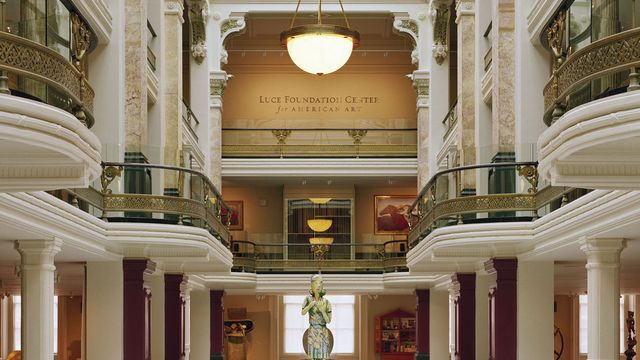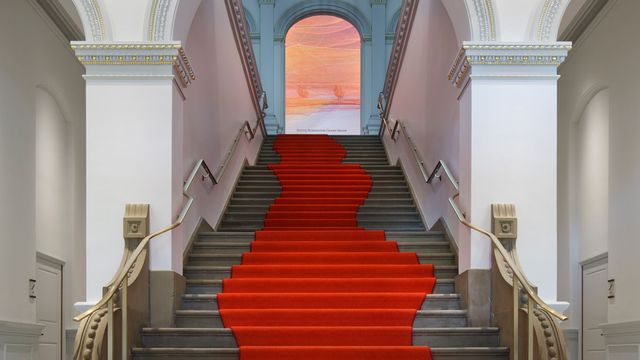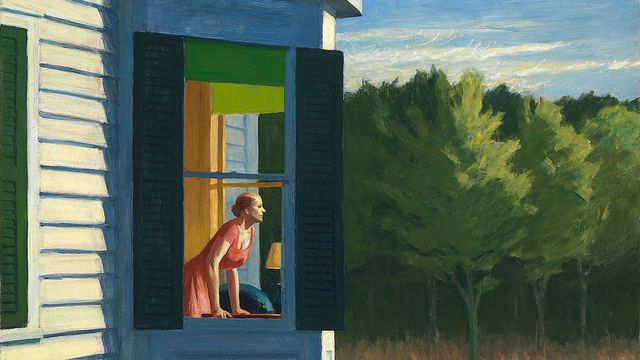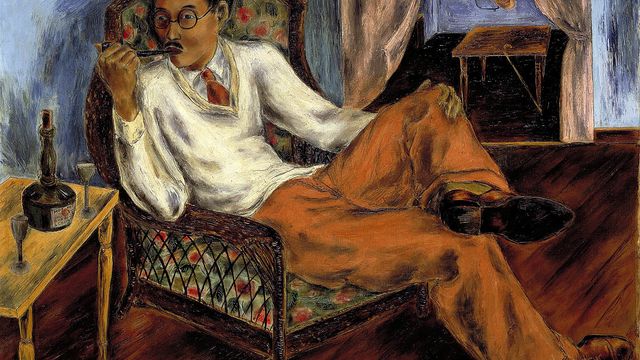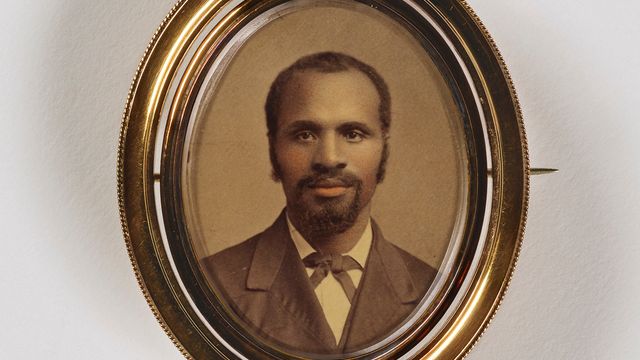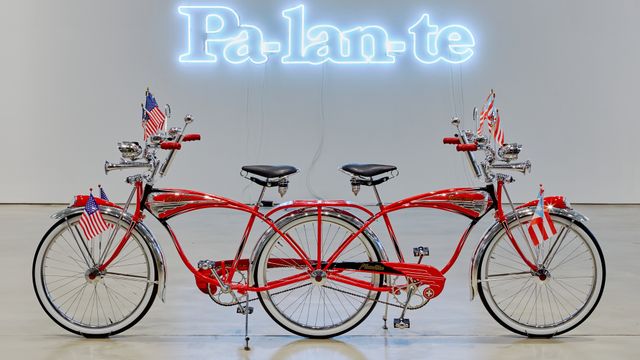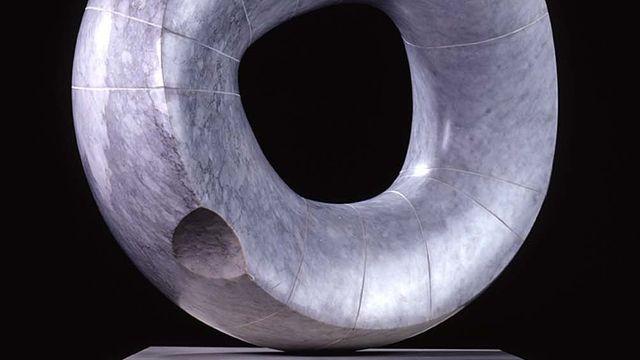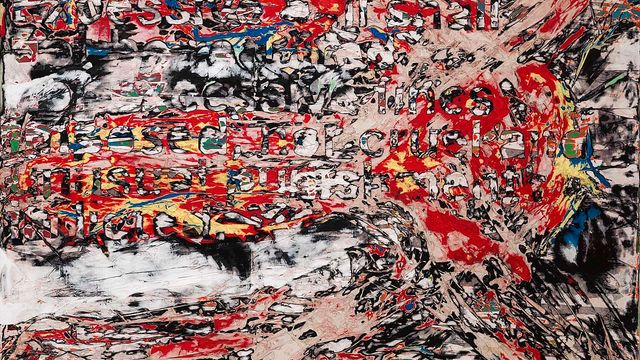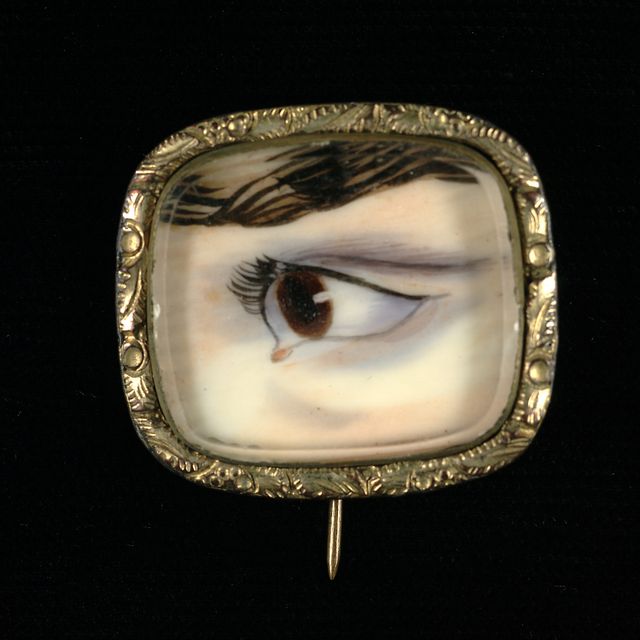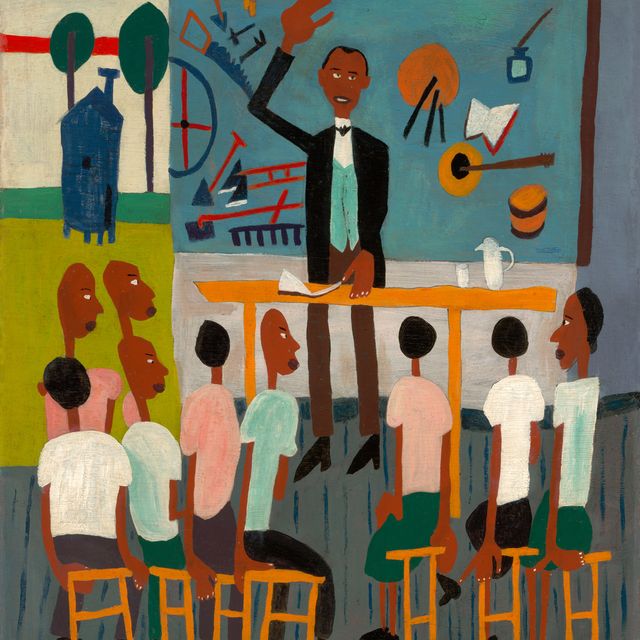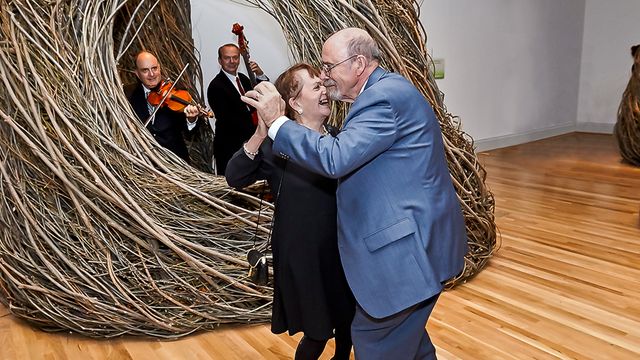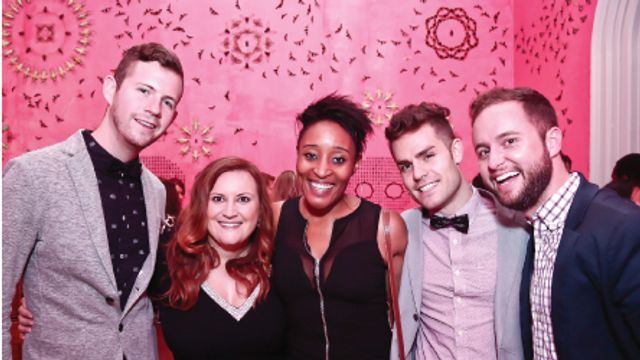
Quilts on Display at Luce
It's part of my job at the Luce Center for American Art's information desk to explain the concept of the Center to visitors. But I can tell how eager they are to begin exploring when, midway through our conversation, their eyes begin to wander. If they happen to notice a particular case in the craft section, the next question I hear is frequently, "Are those quilts?" They’re right! Part of reason they hesitate to identify the objects in case 57a is because they're stored in a way that perfectly captures both parts of the Luce Center's mission. It is really a treat to have seven quilts in the Luce Center, but fiber works are sensitive to light. The Luce Center's goals include both public access to a wider variety of artworks than is possible in traditional galleries as well as storage and protection of those works. Since the quilts are delicate, our conservators have recommended steps we can take to store them correctly.
The quilts are rolled up and covered with protective fabric. Then the roll is wrapped with a large photograph of the quilt. A smaller photograph that shows the entire quilt hangs nearby. (We also have a zoom feature on our web site and the computer kiosks located in the Center that allows users to zoom in on an image of the quilts, and all other objects, to see it in more detail.) Luce has come to a happy compromise between conservation and accessibility.
Making these quilts accessible in open storage has also allowed the Museum to share some of our favorite stories about American art. Quilt making has a long history in America; the earliest quilts in the Luce Center were made during the 1830s and 1840s when quilts were mainly made for utilitarian reasons. We also have more modern pieces that are more decorative in nature. Many of the traditional techniques have remained the same, passed down from generation to generation of women who quilted out of necessity, for recreation, and for self-expression. Consuelo Jiménez Underwood, who quilted Virgen de los Caminos in 1994 believes quilting to be a logical and traditional expression of her ideas, calling "el Hilo" (thread) the "authentic voice of universal womanhood." You can hear Underwood speak about her work in a short artist interview.
The Luce Center stores more than 3,300 artworks from the Museum’s permanent collection. These are works that would otherwise have a much more limited exposure to museum-goers. We have taken this opportunity to share as much of our collection as possible and in the safest way possible. In doing so, we can tell a greater number and richer variety of stories.

